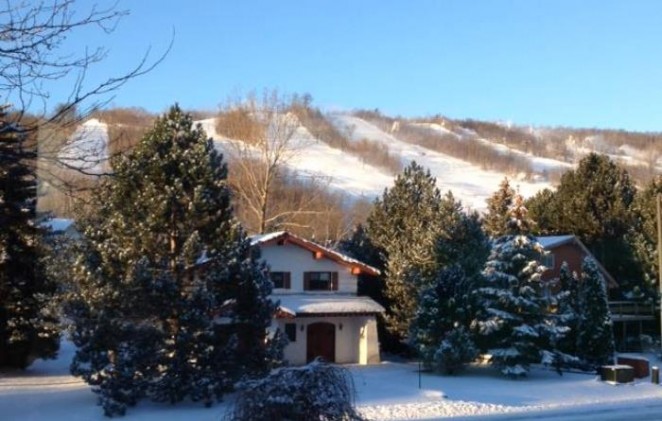Dec 13
20130
commentsBy Gary Goba
Tagsbest agent best real estate agent Chestnut Park down payment downpayment Home Buyers' Plan house market update mortgage real estate tips rebate top agent
Collingwood Real Estate Market Update – November 2013
November marked another impressive performance by the Georgian Triangle real estate market as reported by the Southern Georgian Bay Association of REALTORS® “SGBAR” for the Western District (formerly the Georgian Triangle Association of REALTORS® known as GTAR) which, as the name suggests is the western portion of the newly formed entity resulting from the recent merger between the Southern Georgian Bay Real Estate Association and the Georgian Triangle Association of REALTORS®. With only one month remaining in the year, it looks as though 2013 will end up with more sales recorded for any year since the bumper year of2007. And with an early start to the winter, and the ski season already underway, the area should be alive with activity showcasing its many attributes for which it is so well known. All this builds upon the strong momentum established in the area thus far this year and is one more positive ingredient contributing to the ongoing robustness of, and outlook for the real estate market for the area into the new year.
The SGBAR (Georgian Triangle) MLS® Statistic Report for the month of November indicates that 147 properties were recorded as sold this month, 9% more than the 135 properties sold last year. These latest sales bring the year to date total to 2009 which is 7% more than last year at this time when 1869 properties were sold. Total dollar volume has surged even more, coming in 19% higher than last November, reflecting the increased activity in the higher end market. In fact November’s numbers for all price categories above $800,000 surpassed those for properties sold in every category in this range for the same month last year. Activity was also strong in the $200,000-499,999 categories.
Listings were also up this month with 10% more new listings coming onto the market compared to last year (428 versus 389), bringing year to date totals to 6109, still 2% fewer than last year at this time when 6235 had been logged. Inventory is actually relatively flat with 2042 active listings recorded on the MLS® system at the time of the report, compared to 2028 at this time in 2012.
Prices continue to rise moderately in the area with the average residential sale price year to date coming in at $333,442, 3.8% higher than last year at this time when it was calculated at $321,361. The average sale price for single family residential properties for the month of November was actually down approximately 1% from the year previous, $343,191 compared to $347,475 last year. Year to date figures for this category however, show a 3.5% increase coming in at $332,324 compared to $320,657. This relative price stability is a positive omen for ongoing sustainability in the market moving forward, preserving the comparative advantage and relative affordability of the area.
The fundamentals for a strong and stable market outlook for the Georgian Triangle appear to be in place through to the end of the year and into 2014. Interest rates are forecasted to remain low for the foreseeable future to shore up the still fragile recovery both here and south of the border thus contributing further to the affordability of real estate in the Georgian Triangle. Job creation and income growth are also positive forces that are supposed to assist the provincial economic outlook, but given that most commentators and regulators appear to share the view that the North American economy is not yet out of the woods, a healthy dose of caution is still necessary precluding many pundits from making any definitive market predictions at this stage. As stated, however, there are no obvious storm clouds on the horizon for the Georgian Triangle real estate market at this point so prospects for investing in the area continue to look positive and bode well for another good year.
Prepared by: Richard Stewart, VP and Legal Counsel at Chestnut Park Real Estate Limited, Brokerage





